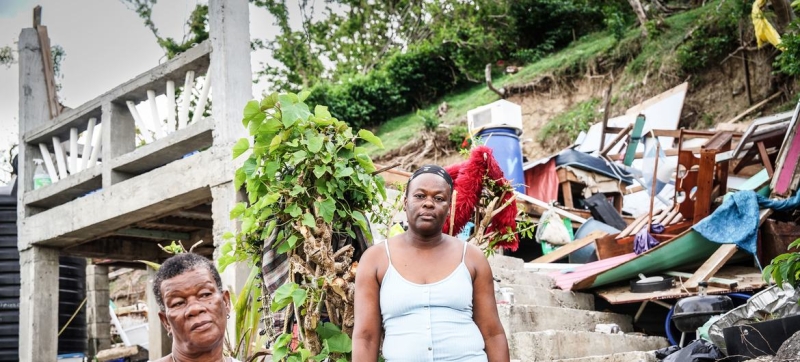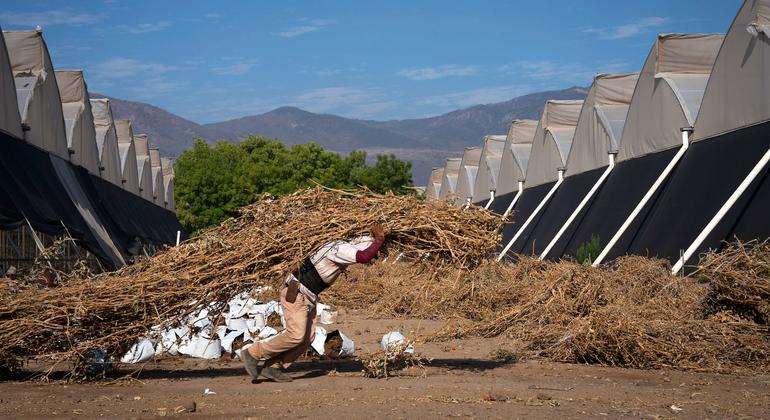
Vulnerable groups are the first to suffer from the effects of climate change. The ILO calls for strengthening social protection measures for them. ILO: Strengthening social protection is necessary to mitigate the impact of the climate crisis Climate and Environment
How to ensure that the devastating effects of the climate crisis do not make the most vulnerable people on the planet even poorer, and do not lead to mass impoverishment? The authors of a new report by the International Labour Organization (ILO) propose a number of specific measures to strengthen social protection and mitigate the negative effects of climate change.
The most vulnerable suffer
More than half of the world’s population (52.4 percent) has some form of protection. In 2015, when the Sustainable Development Goals were agreed upon, the figure was 42.8 percent, so progress is being made.
Read also:
UN chief calls for urgent action to protect people from extreme heat
However, in the 20 countries most vulnerable to the climate crisis, 91.3 percent of people (364 million) still have no social protection. More broadly, in the 50 countries most vulnerable to climate change, 75 percent of the population (2.1 billion people) are not covered by support measures.
The data on children is particularly worrying – the majority of minors on the planet (76.1 percent) still do not have effective social protection.
The gender gap has not yet been overcome: fewer women are protected than men (50.1 and 54.6 percent, respectively).

A Crisis Without Borders
“Climate change knows no borders, and we can’t build a wall to keep the crisis out. The climate crisis affects us all and represents the greatest threat to social justice today, said ILO Director-General Gilbert Houngbo. “Many of the countries most affected by this crisis are particularly ill-prepared to cope with its environmental and social consequences.”
Universal social protection, he says, is at the forefront of the tools to prevent the harmful effects of climate change and prevent the crisis from worsening inequality.
The Potential of Social Protection
Social protection can help people adapt to climate-related shocks by providing social benefits such as income security and access to health care.
In addition, social protection can cushion the lives of families, workers and businesses during the green transition and promote more sustainable economic practices.
This includes, for example, helping people retrain and find employment in green and low-carbon sectors of the economy. Social protection also means ensuring that people have decent working conditions and receive appropriate benefits.
Ethical and Practical Context
“Social protection is essential in the context of the transition to green and low-carbon energy, and no one should be left behind in this process. This is not only an ethical imperative, but also a practical one: by supporting and protecting workers around the world, we can help allay fears about the transition, which is essential to mobilizing support among populations for a sustainable and just transition,” the Director-General added.
The gap between rich and poor
Despite these benefits, many countries are not fully exploiting the potential of social protection. Overall, countries spend 12.9 percent of their gross domestic product (GDP) on social protection (excluding health). But this is an average figure: high-income countries spend an average of 16.2 percent, while low-income countries spend only 0.8 percent of their GDP on social protection.
Poorer countries, which include those most vulnerable to the effects of climate change, need an additional $308.5 billion a year (52.3 percent of their GDP) to guarantee at least basic social protection. To achieve this goal, international support will be needed, the ILO notes.
